Significant progress on breakthrough cancer therapy
Research has demonstrated that internally generated neutrons could be used to effectively target micro-infiltrates and cancer cells outside of the defined treatment regions.

Showing 121 - 140 of 442 results
Research has demonstrated that internally generated neutrons could be used to effectively target micro-infiltrates and cancer cells outside of the defined treatment regions.
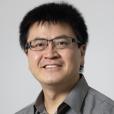
Dr Helen Maynard-Casely will be taking neutron physics on a road trip

Ultra small angle neutron scattering on Kookaburra is used to study the size and shape of objects of size 10 micrometres and below.
ANSTO to ensure ultra-low radiation environment in newly-funded Stawell Underground Physics Laboratory.
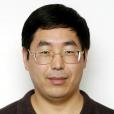
ANSTO provides access to specialised facilities and capabilities by application. Please ensure that you contact the relevant ANSTO scientist for advice before submitting a proposal.
The Nobel Prizes for Physics, Chemistry and Medicine have been announced.
Resources and a list of user publications associated with Infrared microspectroscopy.
Dr Andrew Smith has just finished collecting ice cores and snow samples on the summit of Law Dome in Antarctica,

This state-of-the-art facility offers a range of ultra-low level radioactivity measurement capabilities.
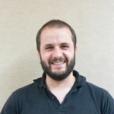
Nick is a radiation biologist who works for the NST Human Health research theme.

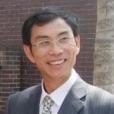
Dr Jian is involved in the study of accelerator optics and ion beam control, Ione beam interaction with different materials, IBA techniques and applications.
A pioneering study led by Professor Junpei Yamanaka of Nagoya City University and an international team that included ANSTO has delivered transformative insights into the behaviour of colloidal particles under microgravity.

Participate in live radiation demonstrations, cover syllabus content and visit ANSTO virtually during our online depth study classes for Year 12 Physics.
- Participate in live demonstrations to review the properties of alpha, beta and gamma radiation.
- Learn about radioactive decay, half-life and methods of detecting radiation, including with a cloud chamber.
- Define and understand applications of fission, fusion, binding energy and mass defect, and investigate the structure and function of the OPAL multipurpose reactor.
- Investigate the role and operation of particle accelerators at ANSTO.
Cost: $90 per class.
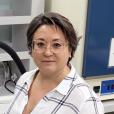
Dr Inna Karatchevtseva undertakes work at ANSTO in two main areas: defence industry research and fundamental materials research.

The scientific and technical staff at the Centre for Accelerator Science have a comprehensive range of skills and abilities in the operation of accelerator instruments and techniques,